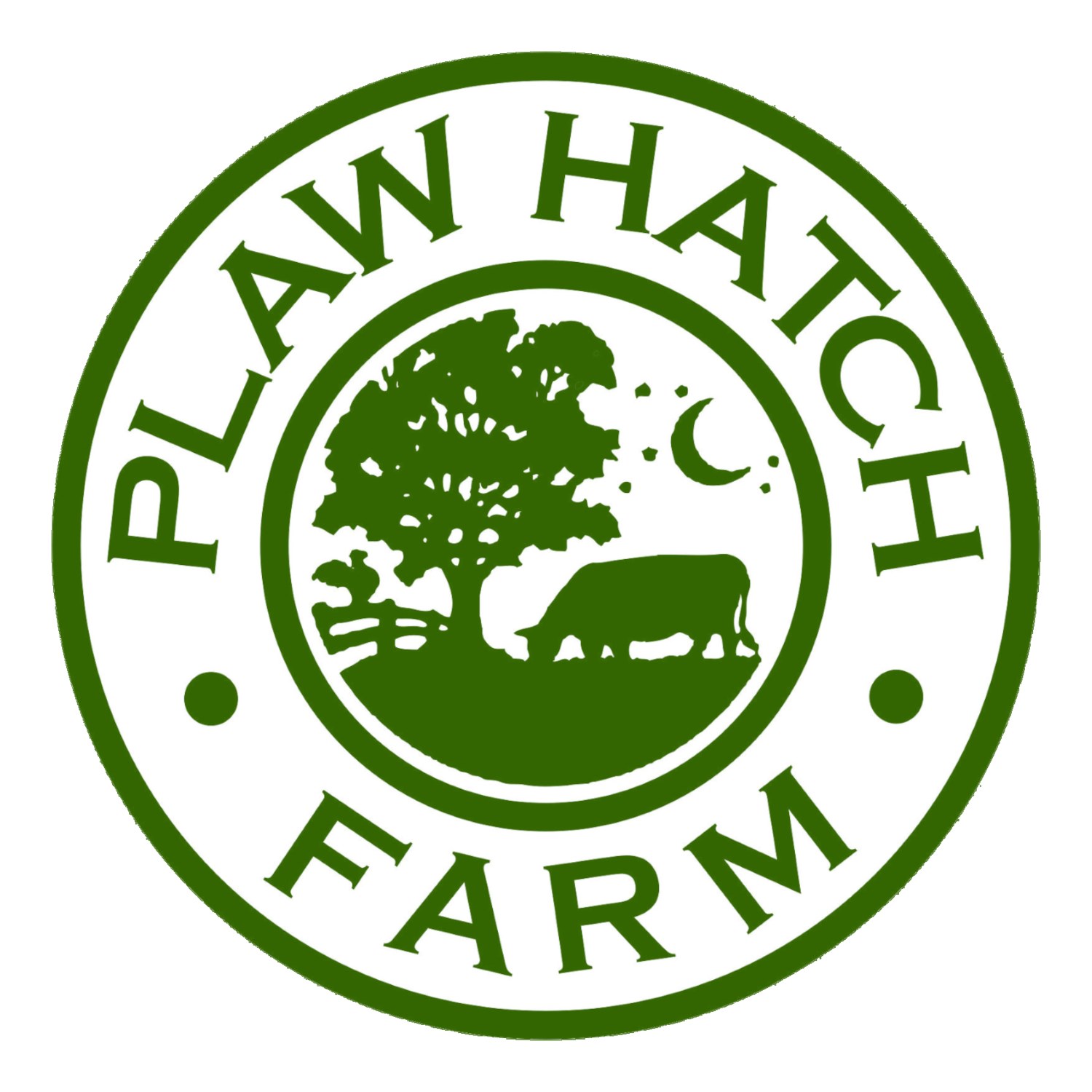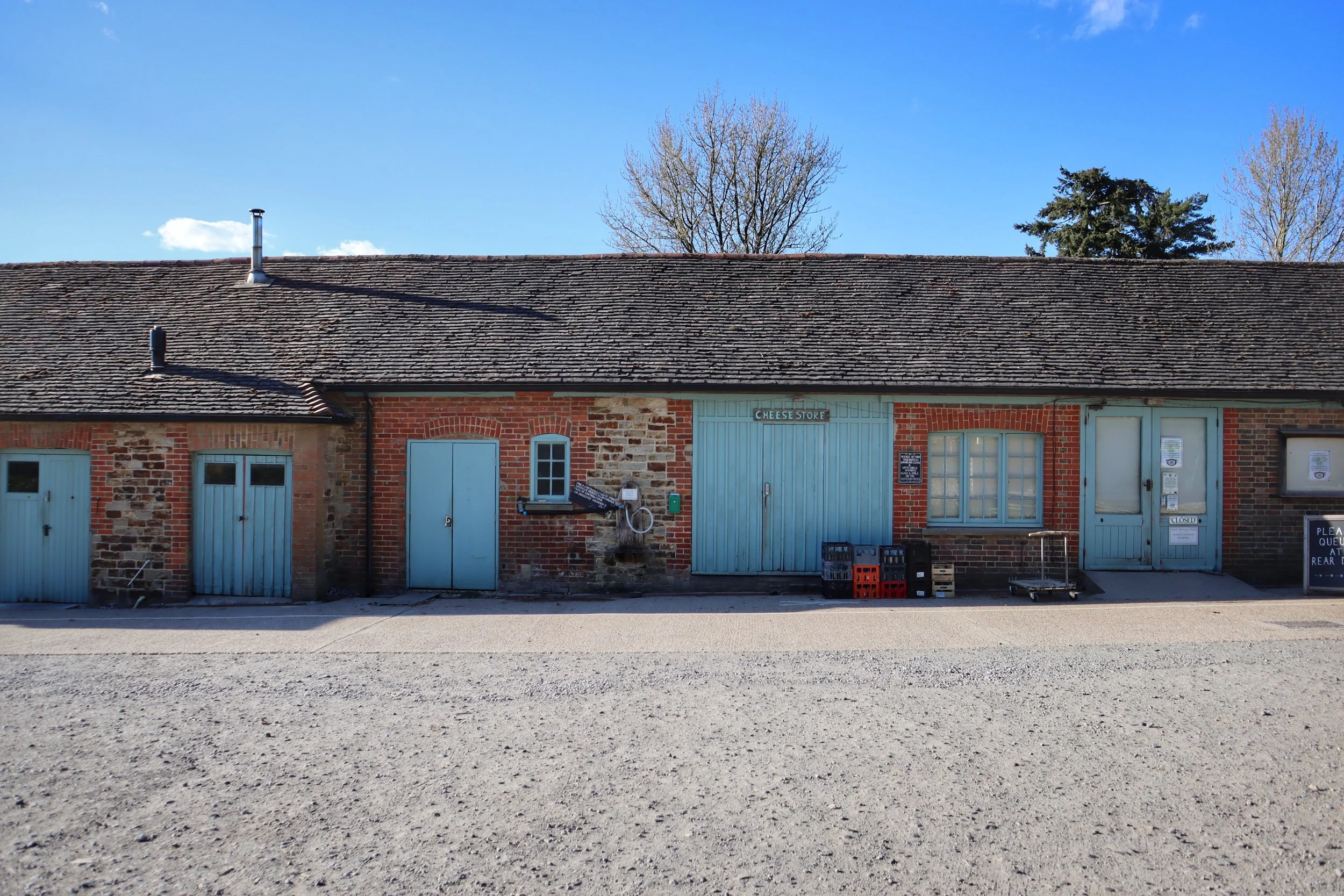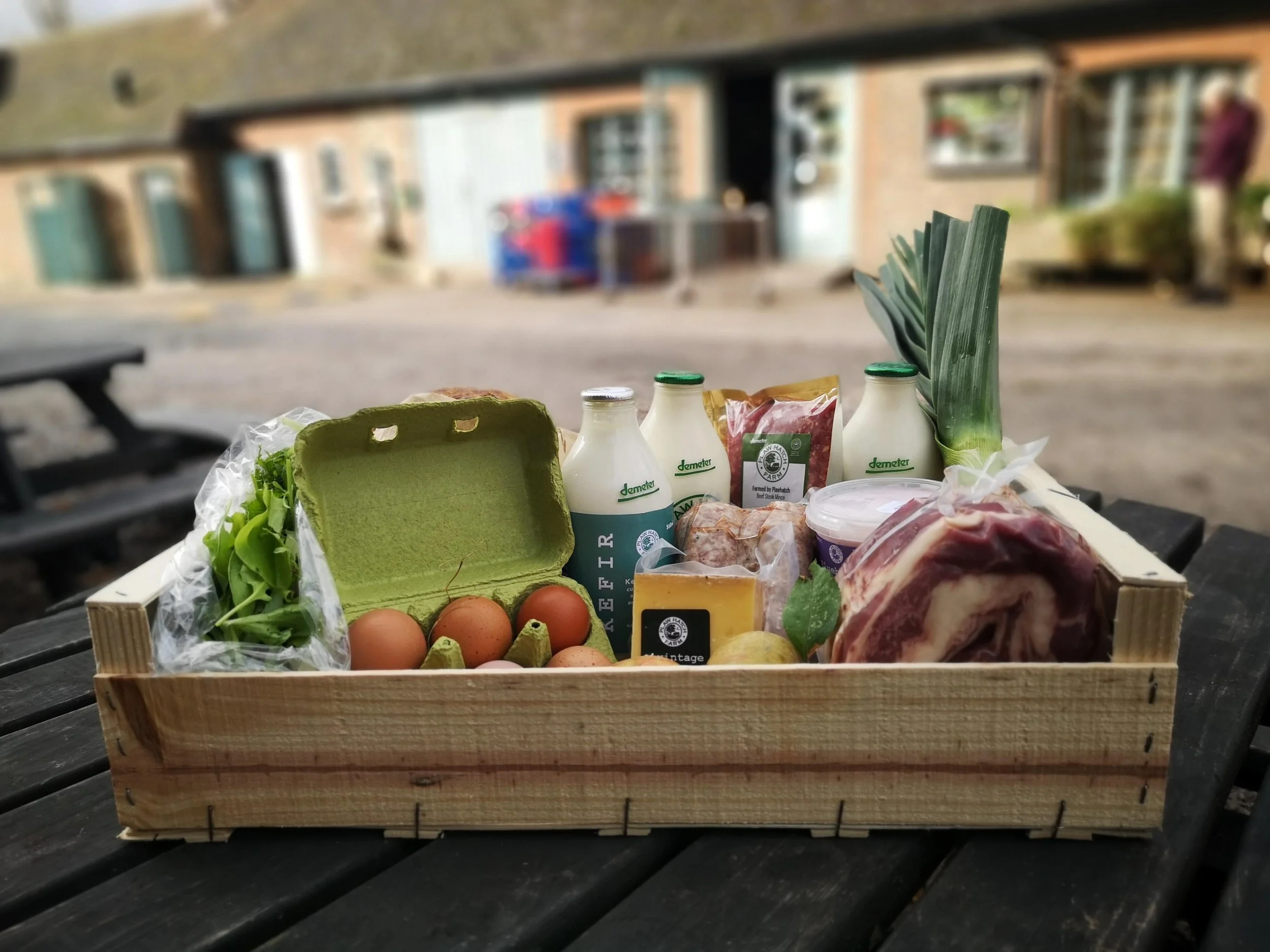The novelty of raw milk
Robin Hall
The story of how “raw” milk became a novel product reveals much about the evolution of our food systems. It can be characterised as a struggle to prevent disease and protect the public, but this story also features the rise of industrialisation and mechanisation in agriculture. Louis Pasteur, the 19th century scientist known as “the father of bacteriology”, is famous for the heat-treatment process that bears his name. Pasteurisation is now standard practice for most milk and milk products.
Since the invention of pasteurisation, we have seen a huge development in the science of bacteriology. Meanwhile milk production and processing has become fully industrialised in most cases. Therefore, one could state that the unhygienic and unreliable practices of 19th/early 20th century dairy farms have long since been reformed, and that the advances in bacteriology mean we are now able to determine exactly what is or isn’t present in raw milk.
Raw milk producers, like us here at Plaw Hatch, are tightly regulated and have to adopt detailed and rigorous procedures to ensure the milk does not contain any harmful organisms or contaminants. The milk is tested regularly for bacteria and pathogens and these test results are inspected by the FSA (Food Standards Agency). In addition to this testing and inspection regime, our milk bottles are required by law to carry the statement that the contents “may contain organisms harmful to health”.
However, many nutrients and immune-enhancing components are destroyed by exposure to high heat and the temperatures used during pasteurisation. Vitamin A is degraded, proteins and enzymes are denatured, and immunoglobulins are destroyed. Milk is also subjected to a process called standardisation, in which the cream is removed and a certain amount is added back in to the milk. A further process called homogenisation renders the fat particles in the milk to a uniform size, regulates the fat content, and prevents the separation of cream. These last processes are the reason why “whole milk” from an industrial producer is thinner and does not have a layer of cream on the top.
Given the industrial processes that most milk is subjected to, I would argue that pasteurised/ homogenised milk is actually the novel product, and that raw milk is simply the original food that has not been interfered with.
“The concept of cheap food is a myth. It is a myth because there is always a price to pay somewhere for cheap food. ”
The dairy herd out to pasture in Summer 2020. All of them are eating at the same time; a sign of a contented herd.
Last year, the Food Standards Agency (FSA) introduced a new regulatory structure for raw milk retailers. Plaw Hatch already met the new requirements for an integrated Food Safety Management System, but we have developed this further. This was introduced by the FSA partly in response to a sharp increase in the number of raw milk producers and retailers over the preceding years. Once again, the level of concern about the safety of this nutritious whole-food seems to imply that it must be a risky product and perhaps best avoided. When I want to promote the benefits of Plaw Hatch raw milk, I feel like I am already at a disadvantage because I first need to tackle the “safety” question, even after 40 years of safe raw milk being produced and sold at the farm.
Many people are aware that “processed” foods can be less nutritious than whole foods. Therefore, this principle can surely be applied to milk. Bear in mind that prior to processing, all milk is raw. At Plaw Hatch, all we do is filter and cool the milk prior to bottling, and it is sold within 48 hours. By comparison, industrially produced supermarket milk travels many miles in a tanker lorry and is combined with milk from many other farms. This milk is then subjected to the three processes I have described, packed into containers and taken to a distribution centre. By the time this milk arrives on a supermarket shelf it has been on a long journey and is substantially altered from its original form. Hence the argument for processed milk being seen as a novel food.
The last issue to look at here is cost. I often hear the view expressed that “it’s all very well, but it’s so expensive.” This is a common complaint about organic products and needs to be given a proper context. My view is that the concept of cheap food is a myth. It is a myth because there is always a price to pay somewhere for cheap food. This price is being paid by the people, the animals and wildlife, soil, water, air and the ecosystems that are being destroyed by industrial chemical agriculture. So, the truth is that organic food reflects the true cost of quality food, and beware of claims (any supermarket, every day) that one can have quality and have it cheap.
The cows are milked from 4pm daily and visitors are welcome to come and watch.













